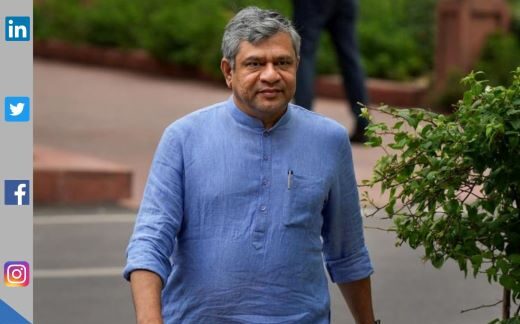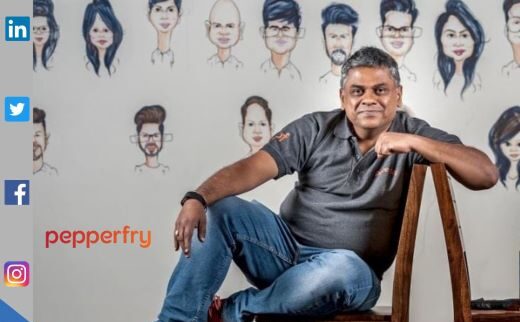Empowering Traditional Artisans: PM Vishwakarma Scheme’s Boost for Skilled Craftsmen
Union Cabinet’s approval of ₹13,000 crore PM Vishwakarma scheme In a commendable move towards supporting and uplifting traditional artisans, the Union Cabinet, under the guidance of Prime Minister Narendra Modi, has greenlit the ₹13,000 crore… Empowering Traditional Artisans: PM Vishwakarma Scheme’s Boost for Skilled Craftsmen









